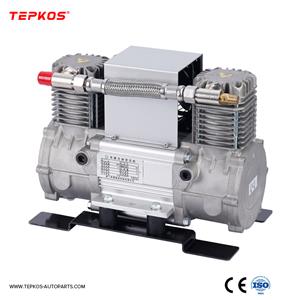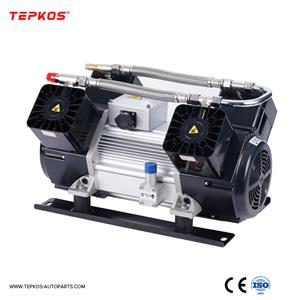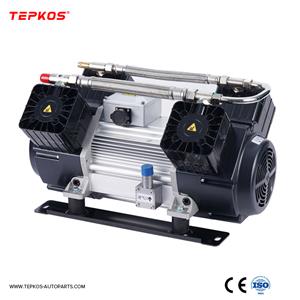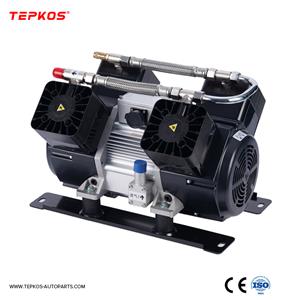- Home
- >
- News
- >
- Company News
- >
- How Does Bus Door Work?
How Does Bus Door Work?
The doors of a bus are an essential part of the vehicle's design, ensuring passenger safety and efficient entry and exit from the bus. In this article, we will explore how bus doors operate in detail.
Types of Bus Doors
There are generally two types of bus doors commonly found on modern vehicles - Conventional Swing-Plate Doors (CSD) and Bi-Fold Automatic Plug Type Sliding Doors (BAPS). The CSD is manually operated by the driver or conductor while BAPS uses electric motors for automatic operation.
Mechanism Behind Operation
Let us first understand how these doors function:
Conventional Swing-Plate Doors (CSD):
These manual swing plate doors consist of hinge plates that rotate around fixed points to open or close. They often require significant force due to their weight but offer better sealing against weather elements like rain and wind.
Bi-Fold Automatic Plug Type Sliding Doors (BAPS):
On the other hand, sliding plug type doors use hydraulic cylinders, pneumatic actuators, or electrical systems with gearboxes to move along tracks installed inside the body frame of the bus. These have lower power consumption compared to conventional doors as they slide horizontally rather than rotating.
Safety Features
Modern bus designs ensure enhanced security features integrated into the door system such as obstacle detection sensors, emergency opening mechanisms, etc., preventing injury during accidents.
Maintenance & Troubleshooting
Regular maintenance plays a crucial role in maintaining smooth operations of bus doors. Lubrication of moving parts, cleaning of sensor surfaces, checking for wear and tear, etc., all contribute to prolonged lifespan and efficient performance.
In case of malfunction due to worn out components or technical issues, troubleshooting can involve replacing damaged hinge plates, repairing faulty sensors, adjusting door track alignment, among others.
Conclusion
The working mechanism behind bus doors is an intricate process involving various components functioning together seamlessly. Understanding how these operate not only provides insight into their design but also highlights the importance of regular upkeep for safe passenger travel.
As technology advances, we can expect further improvements in bus door efficiency, safety measures, and overall functionality. The future holds great promise for innovative solutions that enhance public transport experience while prioritizing user wellbeing.






